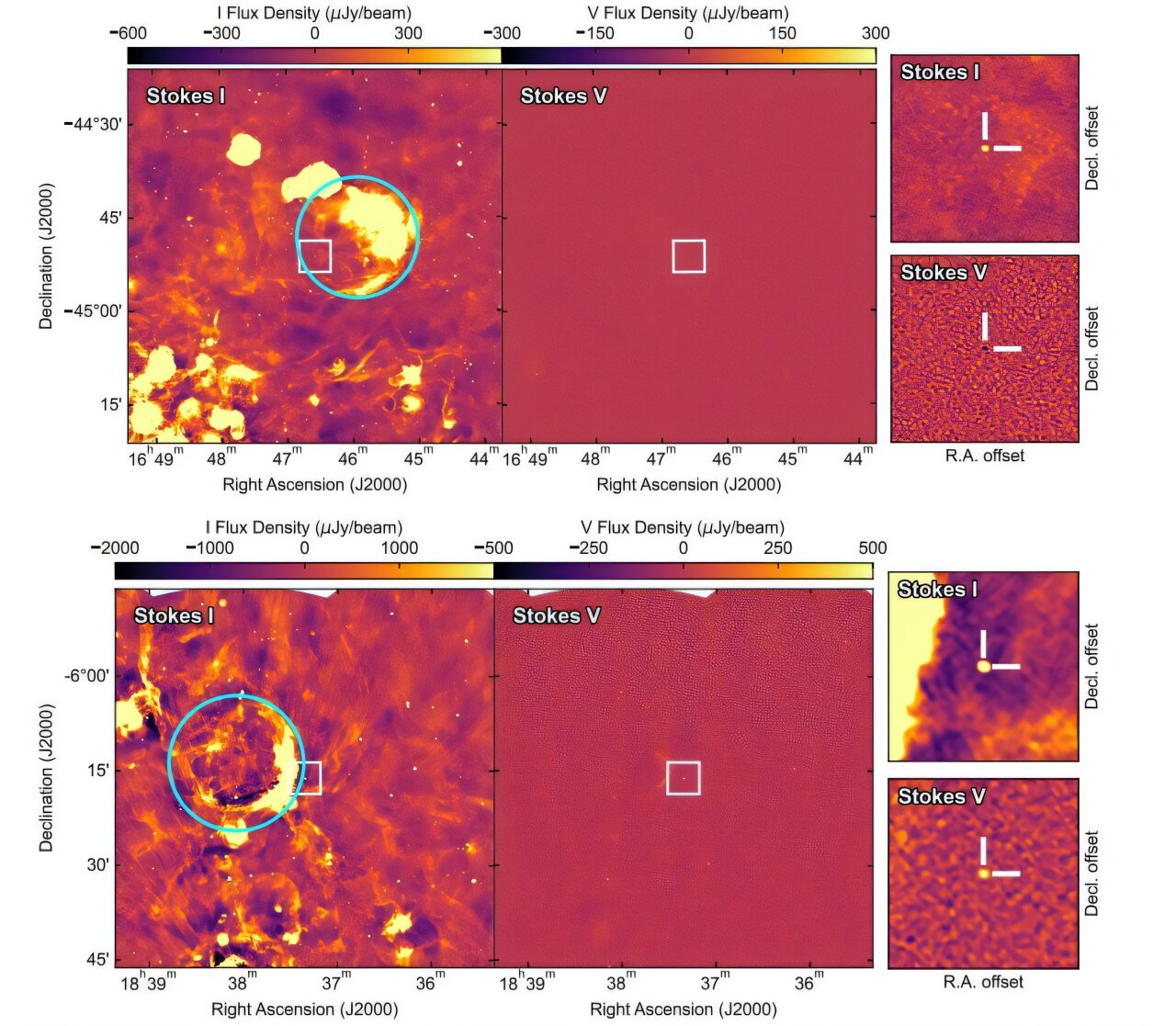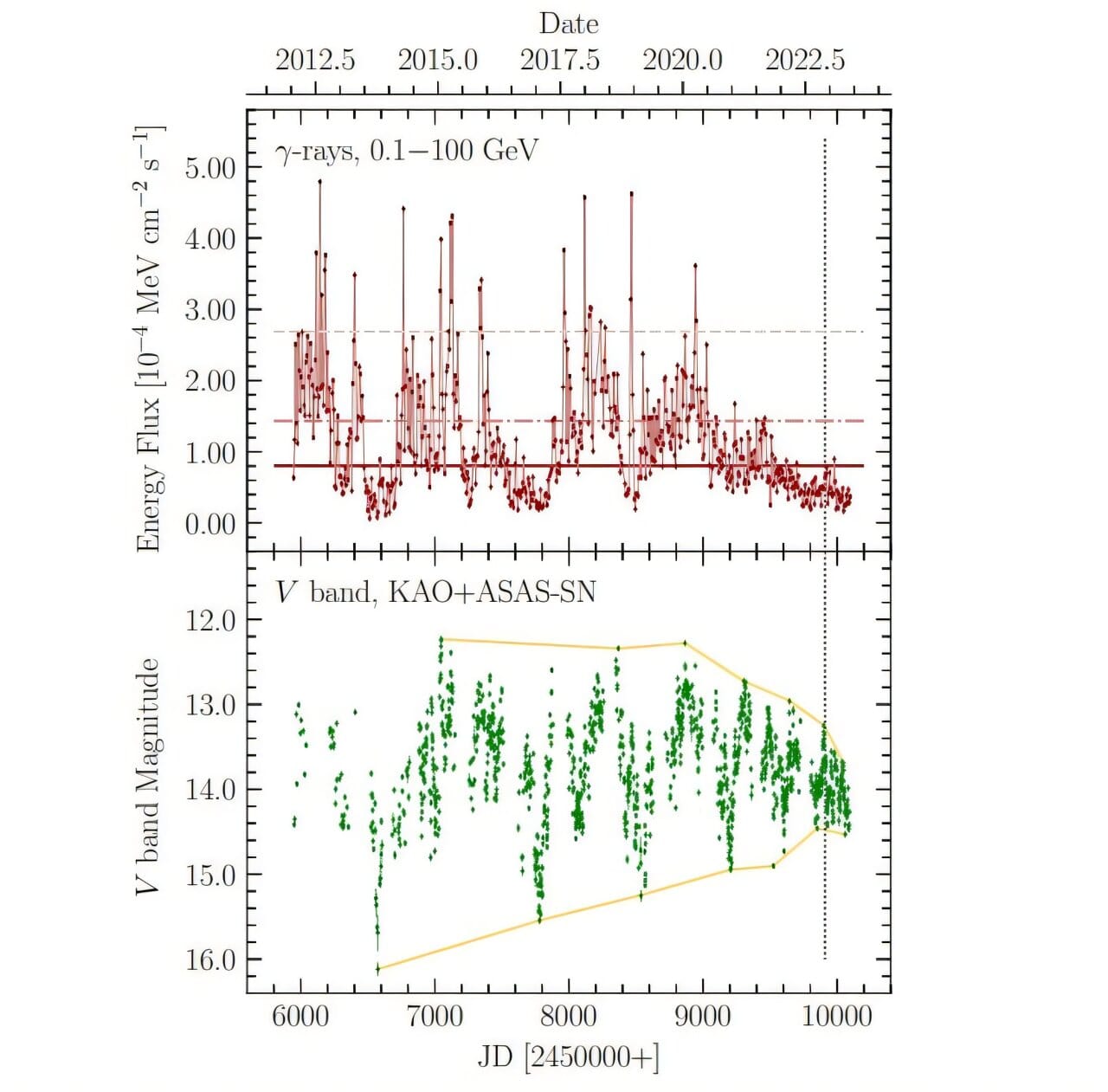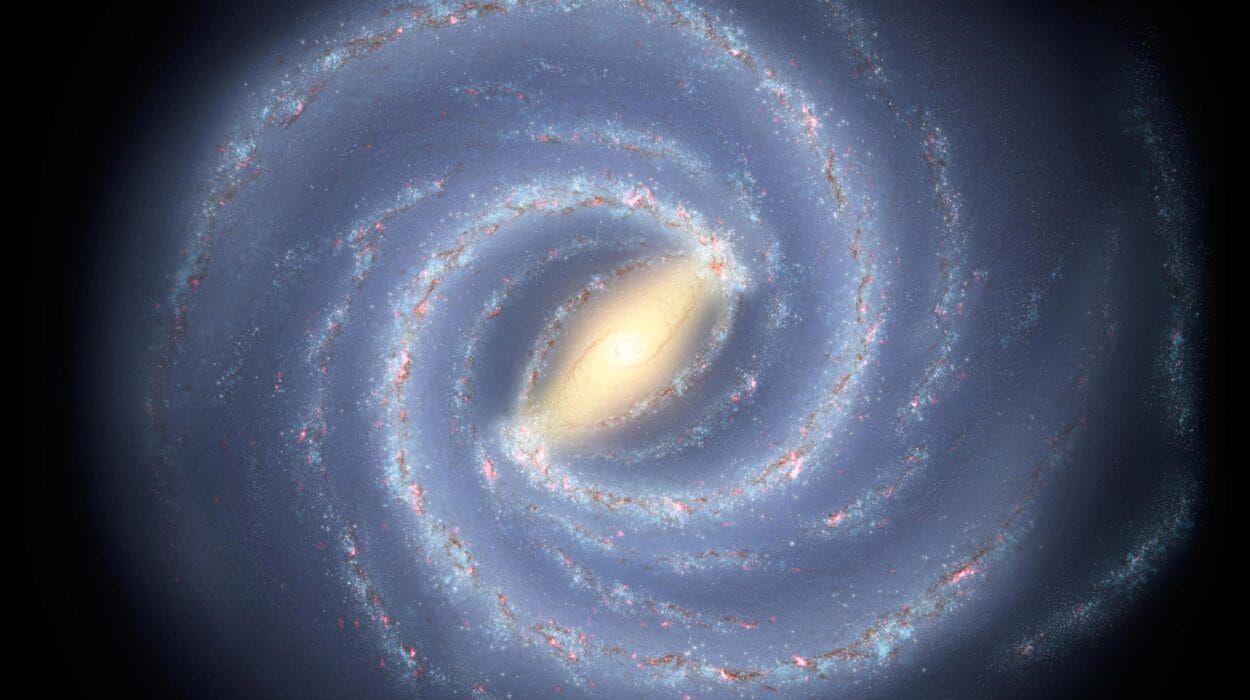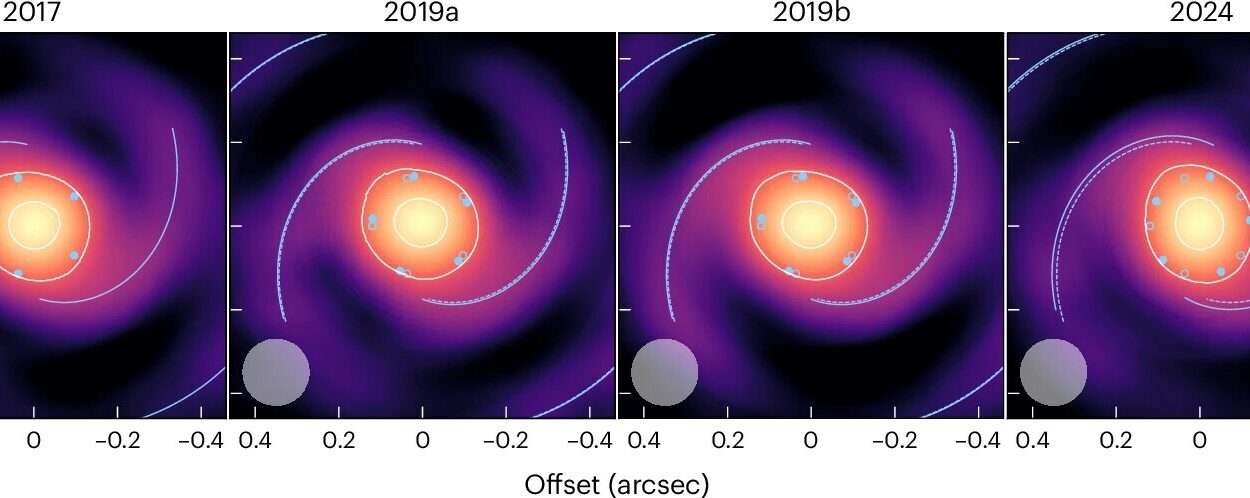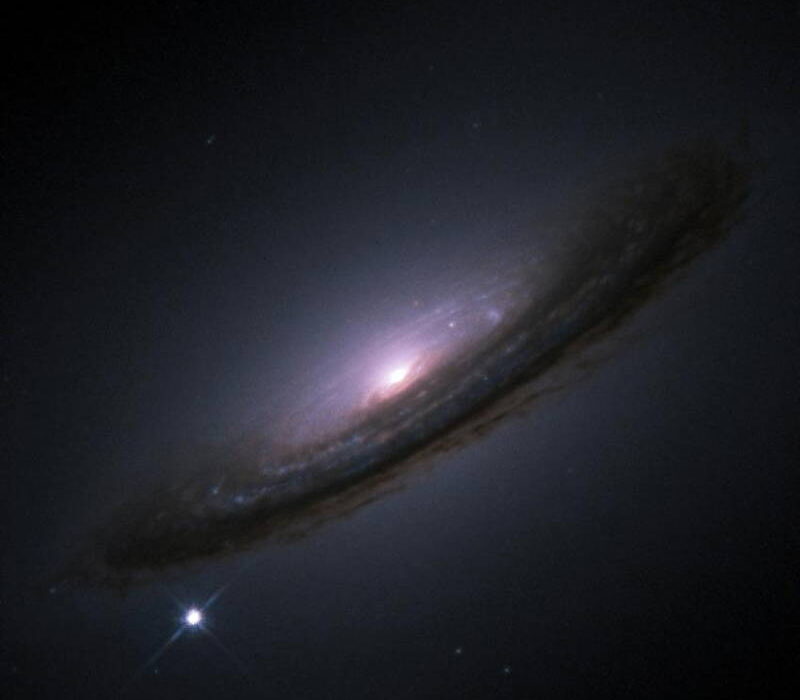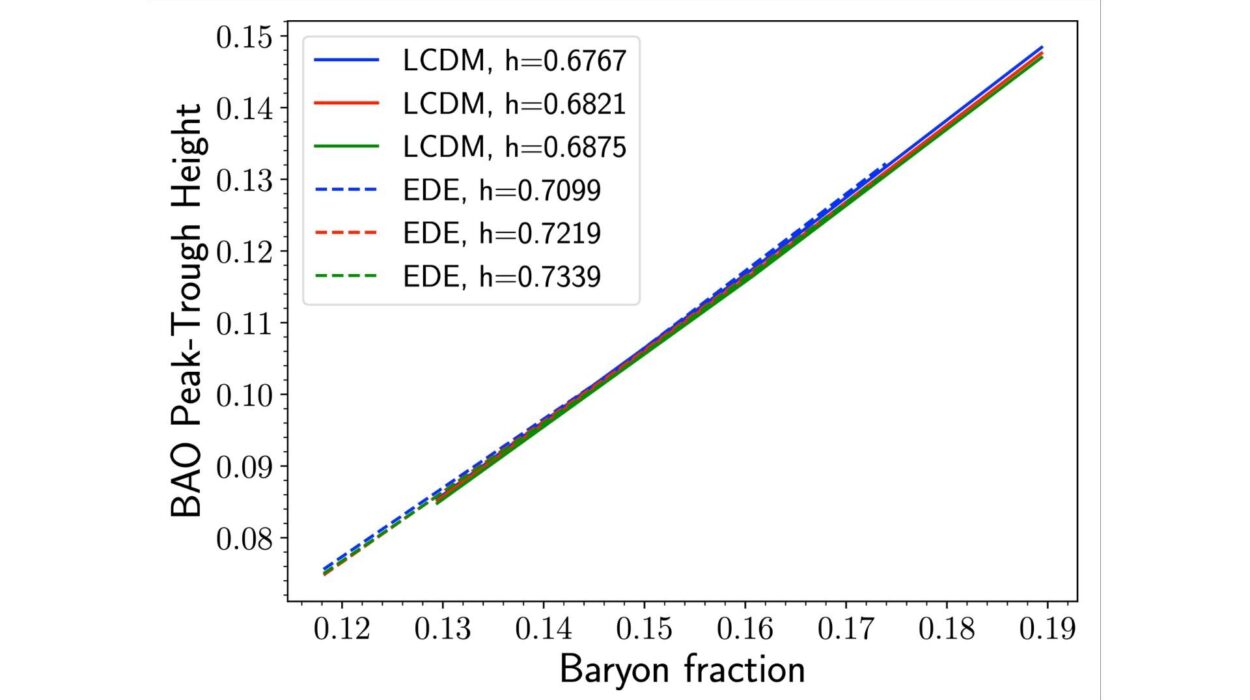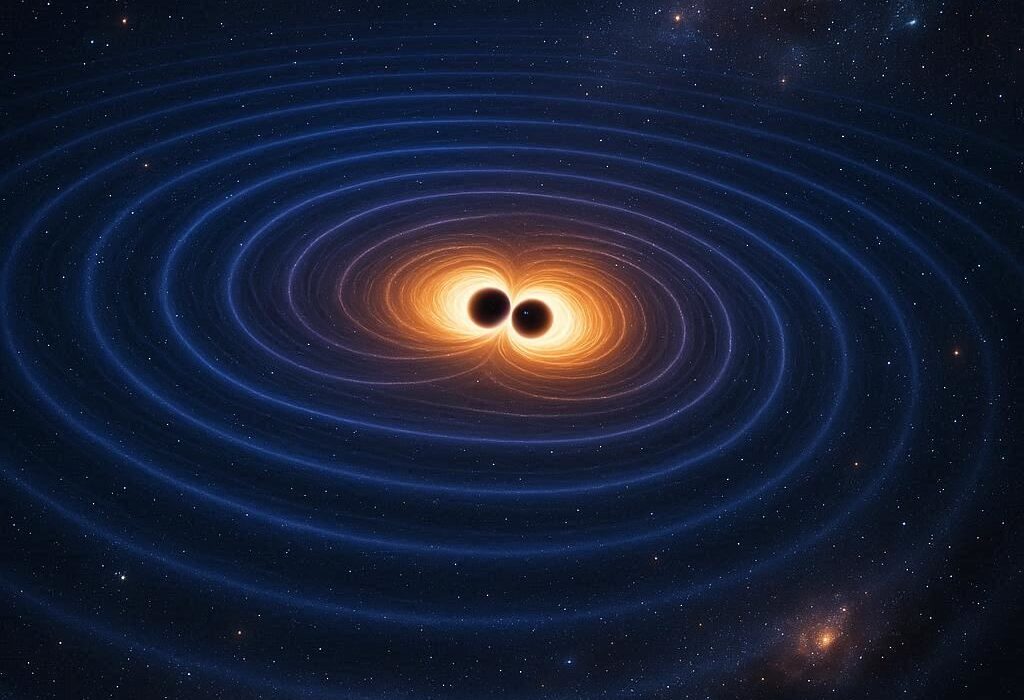When astronomers first discovered pulsars in 1967, they were greeted with the rhythmic beat of the universe itself—stars that had died in spectacular explosions, leaving behind dense remnants no larger than a city but heavier than our sun. These objects, neutron stars, rotate at incredible speeds and unleash powerful beams of electromagnetic radiation into the cosmos. If Earth happens to align with those beams, we observe them as pulses of light or radio waves, flashing steadily like a cosmic lighthouse.
For decades, pulsars have been essential to our understanding of physics, astrophysics, and even the very fabric of spacetime. Their clocklike regularity has allowed scientists to test Einstein’s theory of relativity, probe the interstellar medium, and search for gravitational waves. Yet not all pulsars reveal themselves so easily. Some are hidden, obscured by turbulent clouds of gas and dust, their signals distorted by the medium they must travel through.
It is in this arena of challenge and mystery that astronomers have now announced the discovery of two new, highly scattered pulsars—PSR J1646−4451 and PSR J1837−0616—found using the Australian SKA Pathfinder (ASKAP) as part of its ambitious Variables and Slow Transients (VAST) survey. These discoveries are not just another entry in a catalog. They are windows into the unseen corners of our galaxy, carrying with them stories of violence, endurance, and cosmic time.
The Challenge of Finding Scattered Pulsars
To appreciate the significance of this discovery, one must understand why highly scattered pulsars are so elusive. Normally, pulsars are detected through their sharp, periodic bursts of radio waves. But when those radio waves travel through the interstellar medium—filled with plasma, gas, and irregular structures—the signals can be scattered, smeared, and delayed.
It’s a bit like trying to listen to a clear voice through a noisy storm. The information is still there, but distorted. For highly scattered pulsars, this distortion is so strong that their signals blur into noise, often escaping traditional surveys. Detecting them requires ingenuity and new approaches, and ASKAP is at the forefront of this revolution.
ASKAP’s VAST survey targets the southern galactic plane, the crowded and dust-filled region of our Milky Way where many pulsars lie hidden. By searching for circular polarization—an unusual twisting of radio waves—astronomers were able to pick out promising candidates. This strategy proved successful, leading to the identification of PSR J1646−4451 and PSR J1837−0616, which were later confirmed through follow-up observations with the Parkes radio telescope.
A Tale of Two Pulsars
The first of the two, PSR J1646−4451, is located about 31,000 light-years away from Earth. Its heartbeat, or spin period, is around 217 milliseconds—meaning it rotates almost five times per second. With a dispersion measure of 928 pc/cm³, its radio signals travel through a thick, turbulent medium before reaching us, explaining the heavy scattering. This pulsar’s spin-down luminosity, a measure of how much energy it loses as it slows, is calculated at 8.3 decillion erg per second, and its surface magnetic field is staggeringly strong at nearly 700 billion Gauss. Astronomers estimate its age to be about 1.6 million years—an ancient star remnant that has endured since long before humans walked the Earth.
The second, PSR J1837−0616, spins nearly twice as fast, with a period of just 118 milliseconds—roughly 8.5 turns per second. It resides slightly closer to us at a distance of 28,600 light-years. Though younger at about 447,000 years old, it radiates energy far more intensely, with a spin-down luminosity of 100 decillion erg per second, making it an incredibly powerful source of radiation. Its magnetic field, measured at 712 billion Gauss, is strong enough to warp matter and light in extraordinary ways.
What binds these two discoveries together is their extreme scattering. At a frequency of 1 GHz, PSR J1646−4451 and PSR J1837−0616 have scattering timescales of 2,479 and 2,154 milliseconds respectively. These numbers place them among the five most heavily scattered pulsars known to science. In other words, they are among the most difficult to detect—but now, they shine clearly in our records.
Why This Discovery Matters
The discovery of these pulsars is significant for several reasons. First, it highlights the potential of new detection techniques, especially the use of circular polarization as a tool for finding objects that would otherwise remain invisible. This method opens the door to discovering more pulsars hidden in the dense and dusty regions of our galaxy.
Second, pulsars are not just astrophysical curiosities; they are laboratories of physics under extreme conditions. Their incredible densities, magnetic fields, and rotational speeds make them natural testbeds for theories of matter and gravity. Every new pulsar discovered adds a piece to this puzzle. Highly scattered pulsars, in particular, help astronomers better understand the structure and turbulence of the interstellar medium itself, offering insights into the cosmic environment that shapes starlight and galactic evolution.
Finally, these discoveries remind us of how vast and dynamic our universe is. Even within our own galaxy, hidden among the stars we see each night, lie thousands of exotic objects waiting to be uncovered. Each one tells a story—not just of its own birth in a supernova explosion, but of the galaxy it inhabits, the space it illuminates, and the cosmic rhythms it keeps.
The Role of ASKAP and the Future of Pulsar Astronomy
The Australian SKA Pathfinder is not merely another telescope. With its wide field of view and advanced digital processing, ASKAP is designed to revolutionize our understanding of transient and variable sources across the sky. Its VAST survey is particularly ambitious, aiming to map dynamic changes in the southern hemisphere’s skies with unprecedented sensitivity.
The discoveries of PSR J1646−4451 and PSR J1837−0616 are just the beginning. As ASKAP and other next-generation instruments like the Square Kilometre Array (SKA) come online, astronomers expect to find thousands of new pulsars, including many that are currently hidden by scattering, distance, or faintness. Each discovery will add to a growing catalog that not only expands our knowledge of neutron stars but also serves practical roles, such as helping us detect low-frequency gravitational waves by monitoring networks of pulsars across the galaxy.
A Cosmic Perspective
The story of these two pulsars is ultimately a story about perseverance and perspective. Despite the noise, despite the turbulence of the galaxy, their signals have traveled tens of thousands of years through space to reach us. They are the survivors of cataclysmic explosions, now reduced to spinning cinders that nevertheless shine across the void.
To detect them, human beings had to build vast instruments on Earth, develop new techniques, and dedicate countless hours to sifting through data. This collaboration between nature and humanity—stars collapsing, signals scattering, telescopes listening, scientists interpreting—creates a narrative that is as much about us as it is about the cosmos.
These pulsars remind us that the universe is not silent, and that even in its noisiest, most turbulent corners, there are patterns to be found and stories to be told. They are beacons not only of astrophysics but of human curiosity, guiding us toward deeper understanding of the galaxy we call home.
More information: Rahul Sengar et al, Discovery of Two Highly Scattered Pulsars from Image-Based Circular Polarization Searches with the Australian SKA Pathfinder, arXiv (2025). DOI: 10.48550/arxiv.2509.20611
